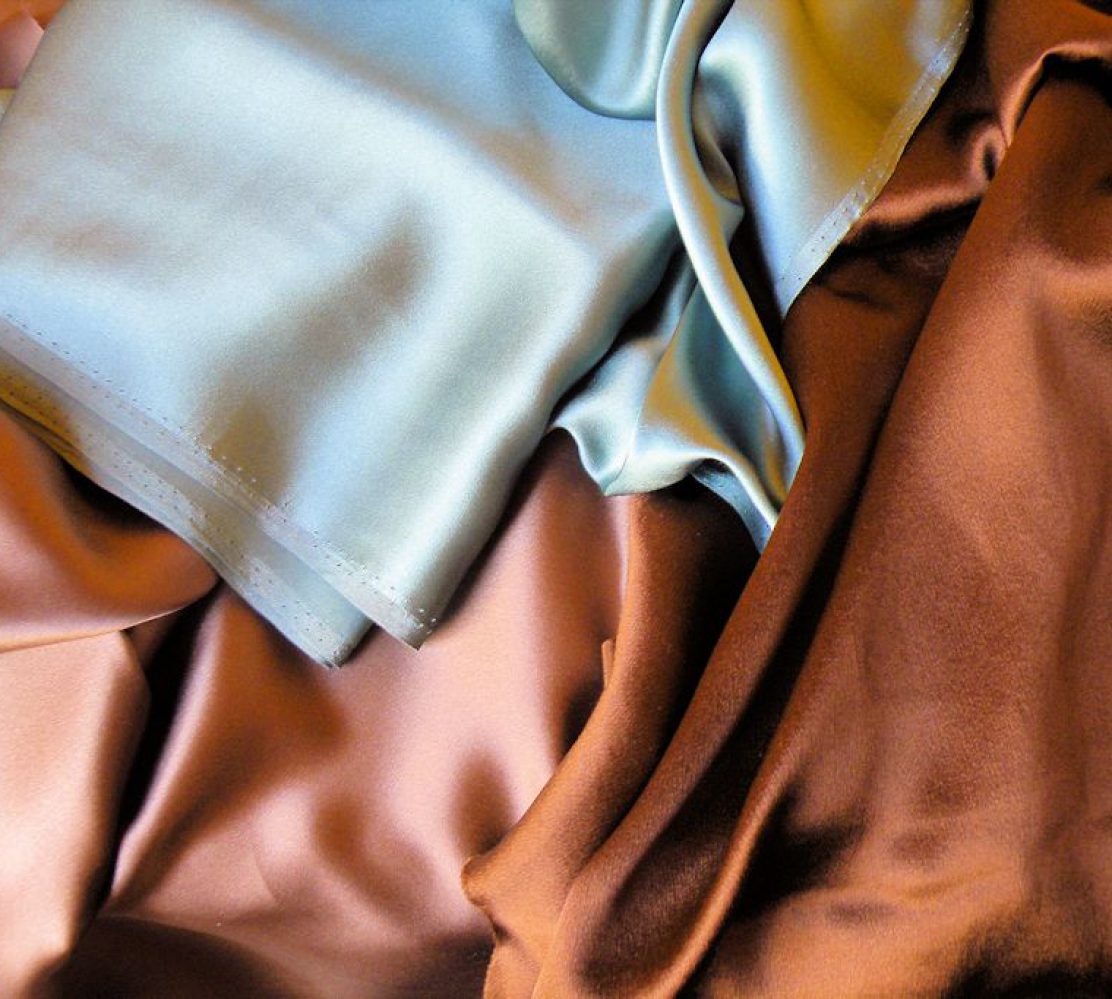Next up in the Knit Block experiment queue is the rusched bust variation on the raglan T, again previously made as an unintentionally off-the-shoulder marinière top.
The Pattern
Judging by the tech drawings you’d think the fit of this one would be the same as BS 2010-02-112, the plain raglan T. But I discovered while altering both simultaneously this time that 122 is actually larger than 112. That might explain why many makes of 122 have the same fatal flaw – the persistent off-the-shoulder look, which makes an otherwise very wearable top unsuitable for office wear unless you got a jacket or cardie over it.
Style Shots
(Obviously not for the office…)
Fabric & Notions Used
- Tactel Polyamide & Lycra sheer shimmer fabric in Cerise color from Tissu/Tia Knight.
- MaxiLock serger thread. Vilene Bias Tape.
Again, another one from the stash that was a bit meh because the color doesn’t match the online store photo & the fabric feels a bit scratchy.
Size Used
Size 34 again instead of the recommended 36.
Changes Made
Fitting changes
The process is similar to what I did for 112. But the bust rusching complicates things. It’s been a while now, so I’m a bit hazy about how I did it. I think this is what I did…
- Aligned Bodice Patterns with Bodice Blocks at underarm. Again I lowered the pattern slightly for a little bit more ease underarm. The top & bottom of the Front Top Pattern’s CF are roughly equal distance from Block’s CF. Front Bottom Pattern is butted against Front Top Pattern at the side seam with the overlap at CF.
- Because of the rusching which complicates the neckline, I checked the width & length first so I can establish how low the rusched CF neckline will be on my chest. Front Patterns were a bit too narrow and the Back Pattern too wide. I added / subtracted width-wise where needed to match my Block more closely. Interestingly the length is already the same as my adjusted 112 without any shortening!
- The under-bust seam is way too high. So I lowered it to make it closer to my under-bust line indicated on the Block. The adjusted Front Top Pattern bulges out from the new CF in the same way the original pattern bulges out from the old CF.
- I decided to keep the rusching 2″ in length. So I aligned the top of Front Top Pattern to 2″ above the Front Bottom Pattern at CF, keeping the underarm as close to the Block’s underarm as possible.
- Aligned Sleeve Pattern’s shoulder mark with Bodice Block’s shoulder seam, then Sleeve Pattern’s neckline with Bodice Pattern’s neckline – or as close as possible, in this case the front doesn’t match exactly. Again, there’s a bit of overlap between the sleeve & bodice.
- Removed the overlap at the neckline from the bodice.
- The front raglan seam at the neckline seems dangerously close to the armscye. So I reshaped the curve to add a bit more fabric here.
- Aligned Sleeve Pattern with Sleeve Block at underarm. Again, pattern lowered slightly for a bit more underarm ease.
- Checked the Sleeve widths & lengths. The width again I only narrow towards the wrist. The length, like the Bodice length is almost where it needs to be without much shortening!
The lengths, the extra width at the neckline, and the high under-bust seam make me suspect the top was drafted to hang lower & bigger than 112. No wonder my first make of 122 was way more risqué than my first make of 112, despite making very similar changes.
Design changes
- Shorten the sleeve to 3/4 sleeve.
Here’s how the final pattern looks compared to the original size 34…
And how it compares to my previous make of the same pattern…
Previous Make
This Make
You can see from the various comparison photos why my previous make was falling off my shoulder – the neckline of the first make’s raglan sleeve was almost at my shoulder edge! That’s why its useful to have a knit block, even if you’re not using it for designing your own patterns.
Verdict on the Instruction
Again, the process was a bit of a blur by now…Probably batching. And there was no armscye interfacing to omit as the instruction for this one interface the neckline only!!!???
For the bust rusching I decided to pleat rather than gather. Gathering such meager extra fabric just result in a puffy fattening look IMO. I prefer the more graceful drape of irregular pleats for creating the illusion of a shapely bust.
I also did the rusching after I attached the facing – makes it easier to attached the facing without getting the drape caught in the top-stitiching.
Would I sew it again / Would I recommend it to others
It’s a flattering wardrobe basic I think. And now that I’ve adjusted it so it’s more wearable for work, I most definitely will be making a few more in different fabrics, maybe different length.
And I’d recommend it if you can take the time to correct the fit.

















































































